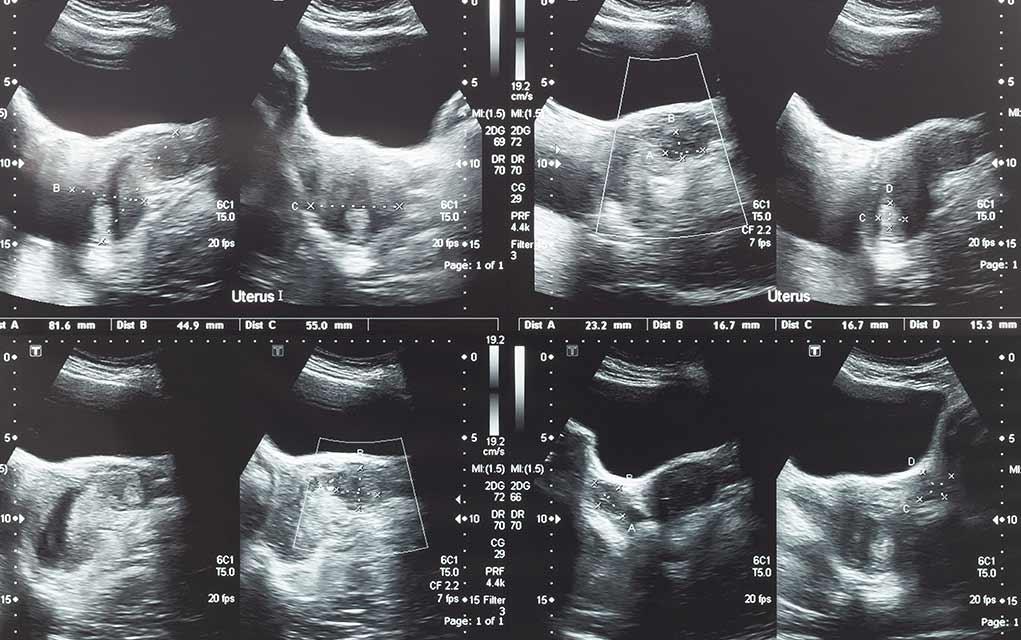Why is Uterine Cancer on the Rise?

Uterine cancer has been on a dramatic rise, and doctors are scratching their heads trying to figure out why. They’re seeing more cases of a specific rare subtype, and it’s not following any familiar or predictable patterns. Here’s what you need to know about it.
The Numbers Keep Rising
All subtypes of uterine cancer are on the rise, and researchers are only able to account for some of the math. Uterine cancer increased nearly 60% between 2000 and 2015. The most common subtype, endometrioid uterine cancer, has risen in correlation with obesity rates, but a rarer subtype, nonendometrioid, has risen beyond all explanation.
Between 2000 and 2015, researchers saw a 93.3% rise in nonendometrioid cancer in non-Hispanic black women. These women accounted for 81.2% of all uterine cancer increases. But that’s not all. Over 90% of the nonendometrioid increases have occurred in the South, where almost 75% of overall increases have been observed. This leaves the question as to whether genetics or geographical location plays a larger role, since the majority of black Americans also happen to reside in the South.
Whatever the cause, the increase isn’t limited to just one demographic. Even the lowest risk group, non-Hispanic women of Asian or Pacific Island descent, saw an increase of 27.1%. Non-Hispanic white women saw a 67.6% increase, and rates for Hispanic women went up by 43.4%. So if the rise in obesity isn’t to blame, and genetics can’t account for it all, then what is causing these higher cancer rates? The mystery remains.
Protect Yourself
An estimated 61,880 women will be diagnosed with uterine cancer this year alone, and about 12,160 women will die from it. Since no one knows why uterine cancer is on such a steep rise, your best protection comes with knowing which symptoms to look out for. Early detection is essential to treating this cancer successfully.
Pay attention to your body and make an appointment to see your doctor if you experience painful intercourse, unusual vaginal discharge or painful, frequent or difficult urination. Uterine cancer can also cause unexplained weight loss, abdominal or pelvic pain and sometimes even a palpable mass. Beyond race and location, some women may be at a higher risk than others. Be extra cautious if you’re obese, have never had children, suffer from diabetes or are taking tamoxifen or estrogen replacement therapy.
The rising uterine cancer rates may still be a mystery, but you can help put the odds in your favor by keeping regular doctor check-ups and reporting any potential symptoms. Other unknown factors might exist, and for now they’re beyond your control, so take control of the factors we do know make a difference: Lose any excess weight, quit smoking and take a long, hard look at your dietary and lifestyle habits.

does not teach anything
what are you selling .??
I am will use this for a public paper to show what crap it is
Related Keywords







